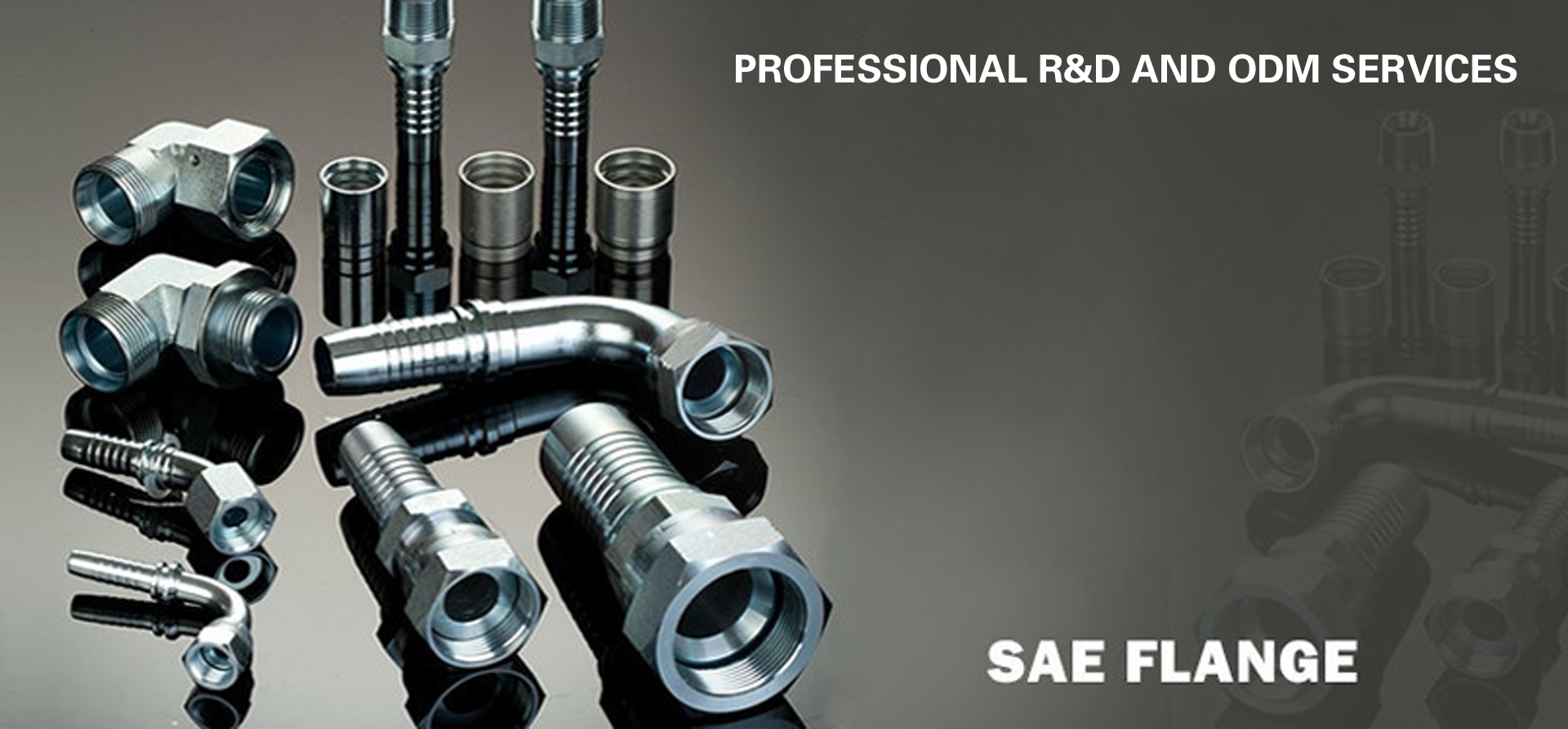In the world of plumbing and fluid transfer systems, fittings play a crucial role in ensuring the integrity and efficiency of the system. Two commonly used types of fittings are hydraulic fittings and compression fittings. Understanding the differences between these two can help in selecting the right type for specific applications. At Hoson, a leading hydraulic fitting manufacturer, we delve into the intricacies of these fittings to provide our clients with the best solutions for their needs.
Introduction to Hydraulic Fittings
Hydraulic fittings are components used to connect hoses, pipes, and tubes in hydraulic systems. These systems rely on liquid fluid power to perform work, and the fittings are crucial in maintaining the integrity of the system under high pressure. At Hoson, we manufacture a wide range of hydraulic fittings designed to withstand extreme conditions and ensure efficient fluid transfer.
Hydraulic fittings are typically made from materials like stainless steel, brass, or other durable metals to withstand high pressure and corrosive environments. They are designed to create a secure seal and prevent leaks, which is essential in maintaining the efficiency and safety of hydraulic systems.

Introduction to Compression Fittings
Compression fittings are used in various plumbing and piping systems to connect two pipes or a pipe to a fixture. Unlike hydraulic fittings, compression fittings are primarily used in low-pressure applications. They are often found in household plumbing systems, gas lines, and other applications where a simple, reliable connection is needed.
These fittings consist of three main components: a nut, a compression ring (also known as a ferrule), and a seat. When the nut is tightened, it compresses the ring onto the pipe, creating a seal. This method of sealing is straightforward and effective for many applications, though it may not be suitable for high-pressure environments.
Key Differences Between Hydraulic and Compression Fittings
1. Pressure Handling Capacity
One of the most significant differences between hydraulic and compression fittings is their ability to handle pressure. Hydraulic fittings are designed to withstand high pressures, often exceeding 3,000 psi, making them suitable for industrial and heavy-duty applications. In contrast, compression fittings are generally used for low to moderate pressure applications, typically under 1,000 psi.
2. Material Composition
Hydraulic fittings are usually made from robust materials like stainless steel or brass, which can endure high pressure and resist corrosion. Compression fittings, on the other hand, are often made from brass, copper, or plastic, depending on the application and the medium being transported.
3. Application Areas
Hydraulic fittings are essential in industries such as construction, manufacturing, and automotive, where hydraulic systems are prevalent. Compression fittings are more common in residential plumbing, HVAC systems, and gas lines, where the pressure requirements are lower.
4. Installation and Maintenance
Installation of hydraulic fittings often requires specialized tools and expertise to ensure a secure fit and prevent leaks. Compression fittings, however, can be installed with basic tools, making them more accessible for DIY projects and minor repairs.
Choosing the Right Fitting for Your Application
When selecting between hydraulic and compression fittings, it is crucial to consider the specific requirements of your application. Factors such as pressure, temperature, fluid type, and environmental conditions should guide your decision.
For high-pressure systems, hydraulic fittings from Hoson are the ideal choice. Our fittings are designed to provide reliable performance in the most demanding environments. For lower pressure applications, compression fittings offer a simple and cost-effective solution.
Hoson's Commitment to Quality and Innovation
At Hoson, we pride ourselves on our commitment to quality and innovation. As a leading manufacturer of hydraulic fittings, we continuously strive to improve our products and meet the evolving needs of our clients. Our team of experts is dedicated to providing solutions that enhance the efficiency and safety of fluid transfer systems.
We offer a comprehensive range of hydraulic fittings, including adapters, couplings, and connectors, each designed to meet the highest industry standards. Our products are rigorously tested to ensure they can withstand the pressures and conditions of modern hydraulic systems.
Conclusion
Understanding the differences between hydraulic and compression fittings is essential for selecting the right components for your fluid transfer systems. While hydraulic fittings are suited for high-pressure, industrial applications, compression fittings are ideal for low-pressure, residential, and commercial uses.
At Hoson, we are committed to providing high-quality hydraulic fittings that meet the demands of various industries. Our expertise and dedication to innovation ensure that our clients receive the best solutions for their specific needs.
For more information about our products and services, please contact Hoson today. Our team is ready to assist you with all your hydraulic fitting needs.
Tags:brass fitting,hydraulic pipe fittings,hydraulic hose fittings



